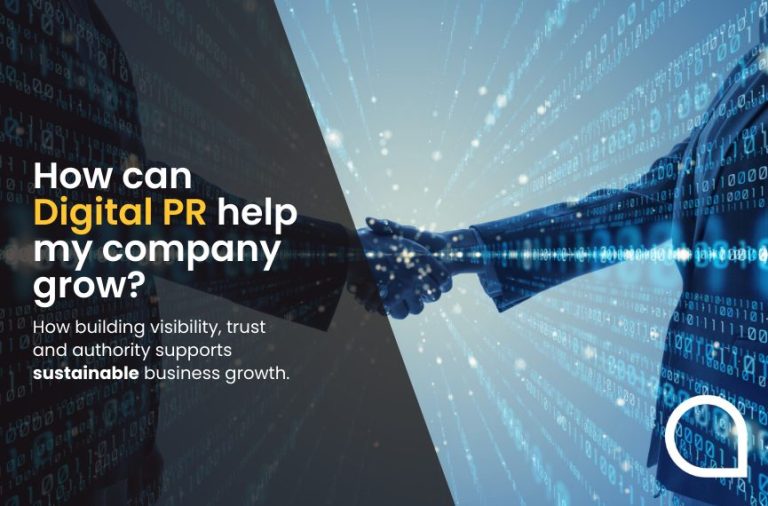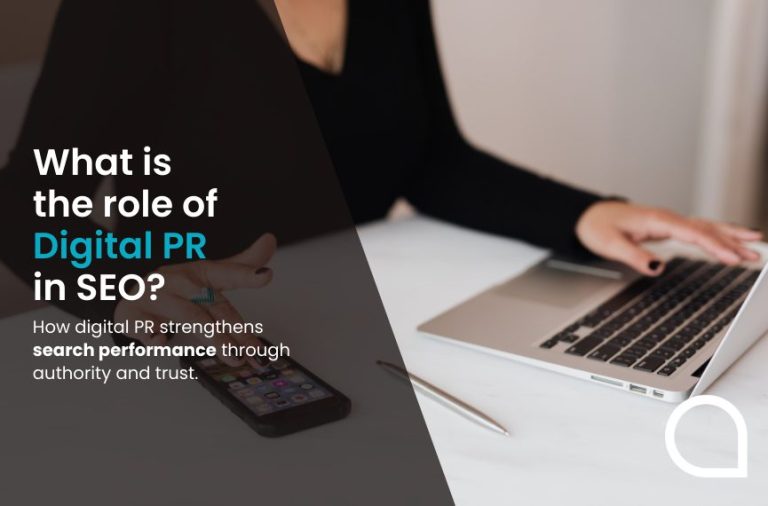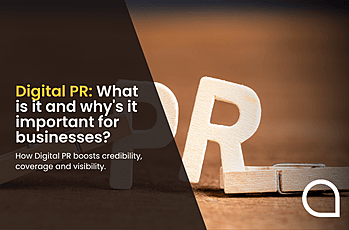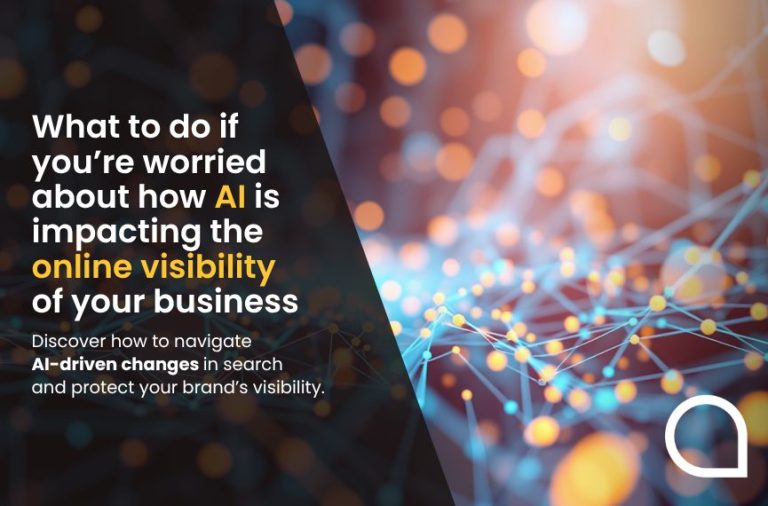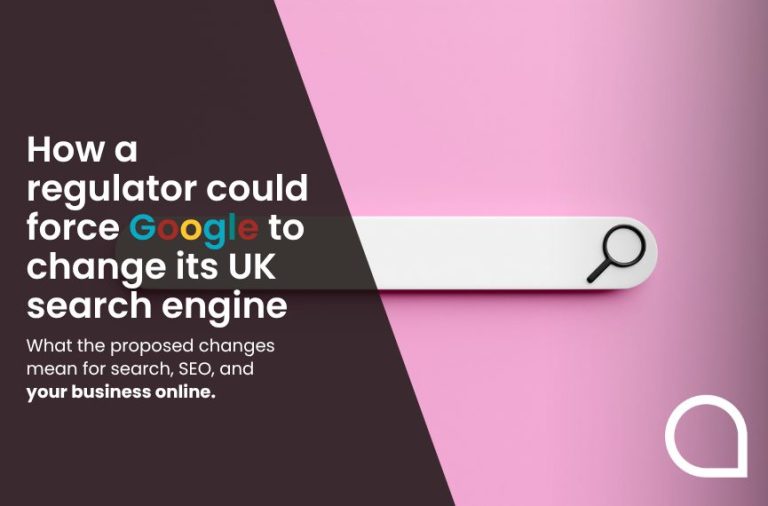When did we allow ourselves to be convinced that we should pay for a click? After all, what is it that makes a click valuable?
I still remember the first time I visited a customer who was moving his money into digital advertising. As it was at the expense of the print advertising I was selling I was, of course, interested to know what this new magical media could do.
It’s simple, he told me, I no longer have to pay to be in a newspaper, magazine or directory where I hope that people see my advertisement and then hope that they call me, now I only have to pay when someone really wants me and clicks on my advertisement. And the beauty is that I’m automatically shown only to people who are looking for what I sell! I no longer have to pay to be seen, only when they click on my website.
It sounded so compelling. It completely changed the perceived wisdom of advertising. And it made everything completely measurable.
If this really was true and you could show your advertisement only to people who wanted what you were selling and then, only pay if they decided to click on your advertisement, surely this was revolutionary?
This, in hindsight, was the start of the revolution which saw the rise of digital media and the laying to waste of the traditional print media, The very last Yellow Pages ran off the press back in January 2019, itself a victim of digital displacement.
Today, we truly are digital
But is it any better? Do we really know that the money we spend on advertising is money well spent?
Actually, no. And as one who now makes a living in Digital Advertising this is not an easy admission.
Today, firms are bombarded with a bewildering choice of digital platforms, all built on the pay-per-click model and all promising infinite targeting and untold riches as a reward.
Yet most businesses we talk to are failing to reap the benefits that this model promises.
Why? Because it turns out we are all paying for the wrong thing.
We have been told we need to pay for a click but in most cases, the click is irrelevant and probably the last thing we’d want to pay for.
To understand why this is we need to go back to my customer and his rationale. He believed, as many do to this day, that by presenting your pay-per-click advertising to prospective audiences it will only be shown to the sort of people who want your products and services and then, they will only click on your advertisement if they are interested in what you are offering.

The reality however is that this is far from the truth.
For a start, most campaigns that we analyse have click through rates on Google’s AdWords platform of between one and four percent. That’s a maximum of four people in one hundred who actually click on your advertisement.
Bear in mind that your advertisement should only be shown to people who are looking for what you sell, in which case, why is this so low?
If you advertise on Google’s AdWords platform you can specify the geography, time, keyword and even audience type that you want to appeal to, but unless it’s carefully managed your advertisement will end up in front of people who apparently have no interest in your offering.
Yet despite only four percent of people clicking on your advertisement it still seems that they aren’t necessarily people who want to buy what you are selling.
We recently analysed a campaign for a prospective customer only to find that they had spent over £20,000 on clicks which were not only irrelevant but fundamentally wrong. As a software provider, they hadn’t expected to pay for clicks from people looking for low-cost flights or late-night alcohol. But that’s exactly what was happening.
And that’s the beauty of the English language. You need to be extremely careful if you sell, for example, pumps, plugs or even fork handles, otherwise you could end up in a sort of Two Ronnie’s sketch but on a digital platform that costs you a lot of money.
Layered on top of this are competitors who will deliberately click on your advertising every day, just to use up your budget and cost you money, seemingly with impunity.
And then you have the ever-growing issue of click fraud.
Google claim to be able to spot click fraud and credit your account accordingly if people should fraudulently click on your advertising, but if that’s really the case why are there so many click fraud companies s now in existence? How do they survive?
Finally, we have the fat finger syndrome. Haven’t we all visited a website on our mobile phones only to inadvertently click on something that we didn’t want? The fact that you don’t want it is irrelevant. It costs the advertiser for your mistake.
Combine all these factors and it’s clear that paying for a click is probably a bad idea.
Yet here we are. All of us paying for clicks.
So, how do we change this?
Well, the starting point is that we probably can’t, but the good news is that we won’t have to. We are already moving away from this model, but most people haven’t yet spotted it.
Google currently makes most of its money from this pay per click model. In 2019 their turnover from advertising amounted to $134.81 billion US dollars. That’s more than the GDP of the vast majority of countries in the world. On that basis, don’t expect them to change the cornerstone of their business model anytime soon.
But competitors are finding ways to circumventing this and the growth of voice activated search has the potential to eliminate the need to click on anything. And with voice search Google no longer has the playing field to itself.
Whilst we wouldn’t class Amazon as a Search Engine like Google, it is probably its biggest competitor in voice search.
So, how about we pay for being connected to people who have asked for our business by name or products and services we sell? It may cost more than a click but if every connection was to a real person who wanted what you were selling, wouldn’t you do it?
The future may yet hold relief for the oft-quoted John Wanamaker, and perhaps we will be able to see which half of our advertising is wasted.

Written by Jonathan Guy, Managing Director, Aqueous Digital. (Updated 14/12/2020)
